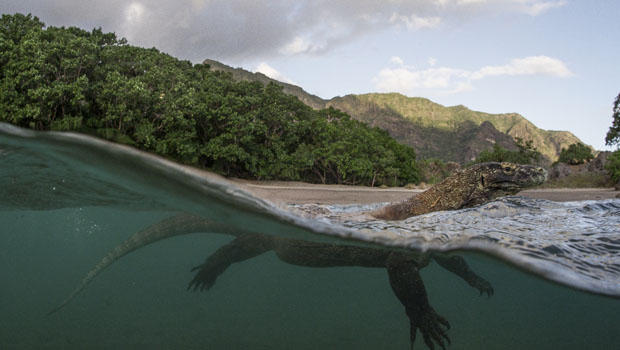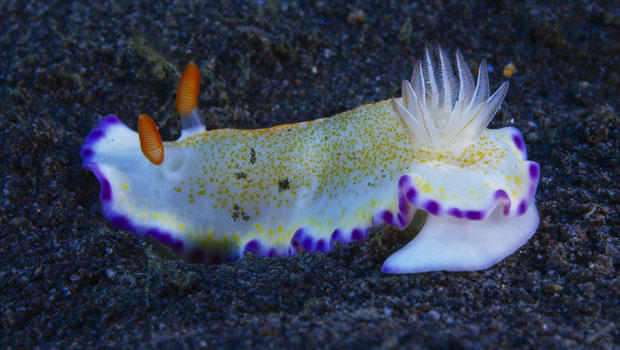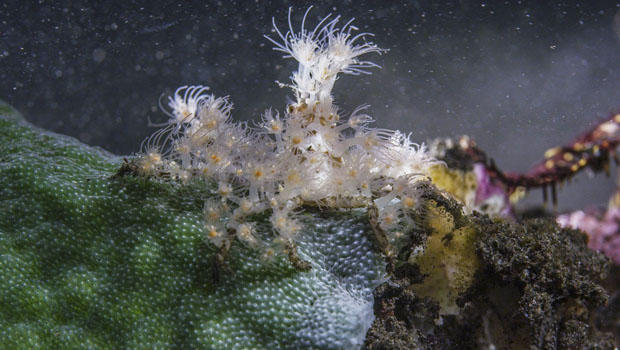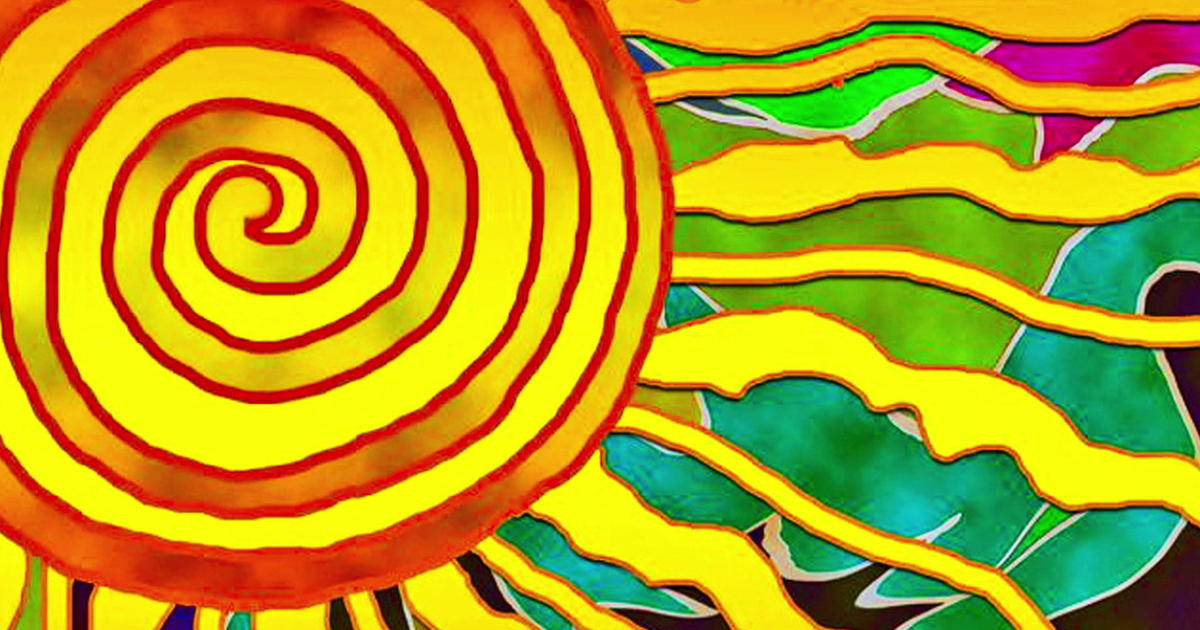Nature up close: Komodo Island National Park
By "Sunday Morning" contributing videographer Judy Lehmberg.
After watching this week's Moment of Nature on CBS' "Sunday Morning," I've expanded my bucket list of places to see before I die to include Indonesia in general, and specifically Komodo Island National Park.
As a biology teacher, I've known about Komodo dragons for decades, but I never gave the oceans surrounding them much thought – until now. The species diversity alone of those waters is impressive, but the brightly-colored crabs, corals, nudibranchs, sponges, etc., make it truly spectacular.
Before I get too carried away with the marine life, let's look a little closer at the dragons.
Komodo dragons are a type of monitor lizard, a big monitor lizard, the largest lizard on Earth. The males can get up to 10 feet long and weigh more than 200 pounds. One of the common myths regarding these carnivores is that they bite their prey and then leave it to die of infection due to the high levels of bacteria in their mouths. Not true! Komodo dragons are fastidious in their grooming habits, commonly spending 15 minutes or more cleaning themselves after a meal. They use their tongues to clean their mouth and often rub their face on grasses to clean it as well. Although they don't rely on bacteria to kill their prey, they do, like some of their reptilian cousins, produce venom to cripple them.
It is well known that some snakes produce venom to immobilize and predigest their prey. Their venom is produced in modified salivary glands. Salivary glands are common in vertebrates, including humans, and produce chemicals that begin the digestion process before food ever reaches the stomach. Those digestive enzymes are proteins. Snakes have taken that pre-digestion to a higher level by producing proteins which inhibit blood coagulation and immobilize its prey's nervous system.
Several species of lizards, particularly Gila monsters, also have toxic saliva. In the case of Komodo dragons, their toxins inhibit blood coagulation and lower a victim's blood pressure, both increasing its chances of dying.
The islands where Komodo dragons are found in Indonesia are fairly dry and low in species diversity. The oceans surrounding those islands are, by contrast, species-rich. The marine animals include whale sharks, the rare dugong, and multitudes of coral, marine worms, sponges, hydroids, feather stars, shrimp, crabs, and sea anemones.
One group of animals particularly well-represented is the nudibranchs (more commonly called sea slugs). Nudibranchs are basically saltwater snails that have lost their shell. They do have shells during their early stages of development, but they lose them while they are still young. (The term nudibranch means "naked gills.") They have thin skin capable of absorbing oxygen, and gill-like structures on their dorsal side to increase surface area and allow for more gas exchange.
Most nudibranchs are either toxic or just taste bad. Many of the ones that taste bad eat sponges and retain some of the sponges' nasty-tasting chemicals in their body. Others have an extremely unusual ability to eat the stinging cells of various hydroids (close relatives of jellyfish), and use them for their own defense. The exact mechanism that allows the stinging cells (nematocysts) to pass through their digestive system without stinging the nudibranch is not known. Not only do the nematocysts not sting the nudibranch, they can also move from their digestive system into the surrounding tissue where they migrate to its dorsal side to function just like they would in the original organism, to sting any animal that tries to eat the nudibranch.
Nudibranch reproduction is different than that of many animal species. They are hermaphroditic (meaning they have both male and female sex organs), but they cannot reproduce with themselves. They can reproduce with any other member of their own species by exchanging sperm with the other individual.
More of Mauricio Handler's work can be seen at aquaterrafilms.com and on Instagram (aquaterrafilms).
Judy Lehmberg is a former college biology teacher who now shoots nature videos.
For more info:
- Judy Lehmberg (Official site)
- Judy Lehmberg's YouTube Channel
To watch extended "Sunday Morning" Nature videos click here!







